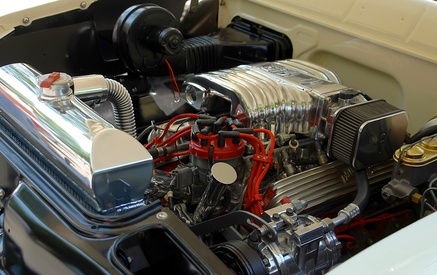
When your car engine isn't running right, or misfires, start by diagnosing the spark plug wires. Too much resistance in the wire leads to less electrical current getting to the plug. Reduced electricity results in not enough spark to ignite the gasoline mixture that fires the engine. With a multimeter, it takes just a few minutes to measure the resistance of each plug wire.
Remove both ends of the spark plug wire--from its connection with the plug and its connection with the ignition coil.
Check a repair manual for your make and model to find your spark plug wire resistance range. The measurement will be in kilohms.
Place the multimeter dial setting on \"ohms (?)\" for auto-range multimeters. Turn dial to the \"ohmmeter (?)\" section of manual range multimeters, then choose the closest setting that is greater than your plug wire's correct resistance. For example: For a 15-19k resistance range, turn the dial to \"20k.\" For a 21-25k range, turn the dial to \"200k.\"

Touch one lead from the multimeter to the metal center of one of the spark plug wire connectors. Start with either end, as the wires are not polarity-sensitive.
Connect the second lead to the other end of the plug wire, once again touching metal to metal. Hold in place.
Take a reading in kilohms (1 kilohm=1,000 ohms). If it falls within the manufacturer's measurement range in your repair manual, the plug wire is not your problem. Higher readings indicate too much resistance, possibly because of rusting or faults in the wire. A broken wire allows no electricity reading at all, which will cause the multimeter to register resistance as \"over limit.\"